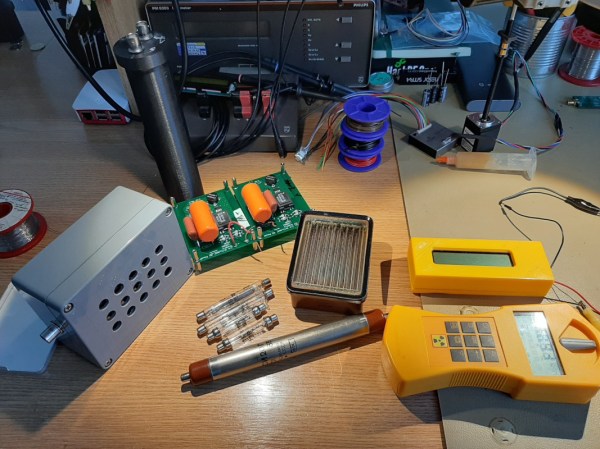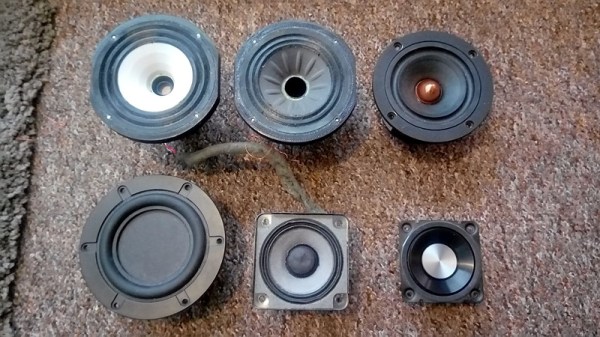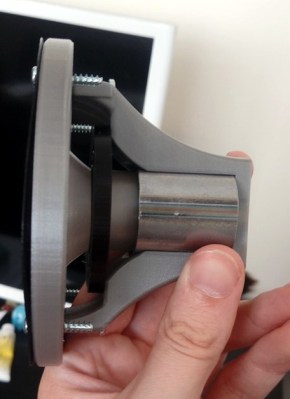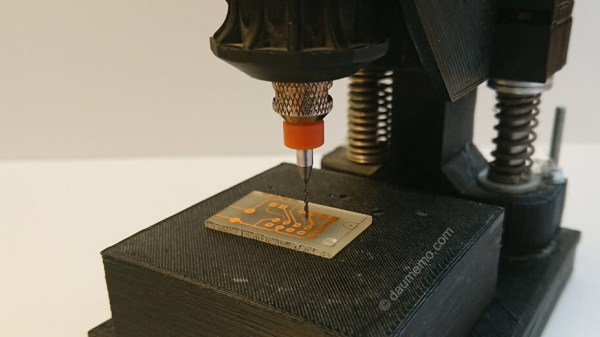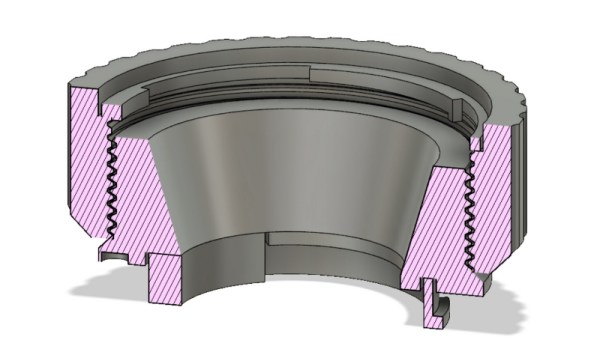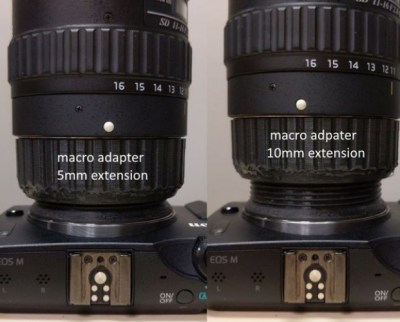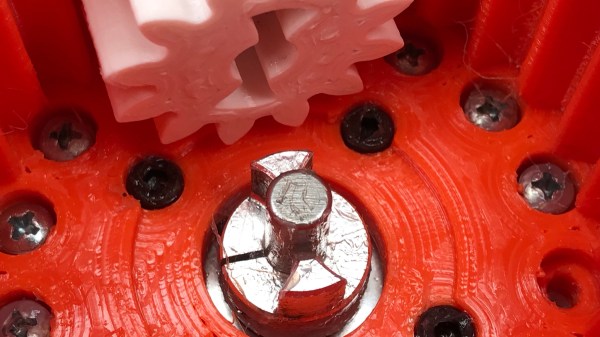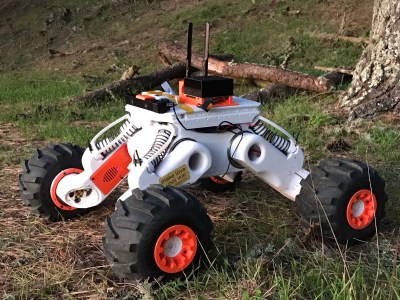[Gzumwalt] did things a little differently with his Pink and Green Domino Machine II, a 3D printed device that drops dominoes in a neat row ready for toppling over. Unlike his earlier version, this one holds dominoes laying flat in a hopper that’s accessible from the top for easy loading. The previous unit had an elegance to it, but it was more limited with respect to how many dominoes it could hold at a time. This new version solves that problem while also showing off a slick mechanism that gracefully slides a domino from the bottom of the hopper, then gently positions it standing on end before opening a rear door to let it out as it moves to the next position. One of the interesting things [gzumwalt] discovered when designing this device was that there isn’t really a “standard” size of domino. That’s one of the reasons the demo uses 3D printed blocks.
Pulling this off with a single small DC motor is a remarkable achievement; the mechanism even stably ejects a positioned domino from the rear without halting its forward motion in the process. An animation of how the mechanism works is embedded below, be sure to check it out!
Continue reading “One-Motor Domino Laying Machine Works For Tips”


